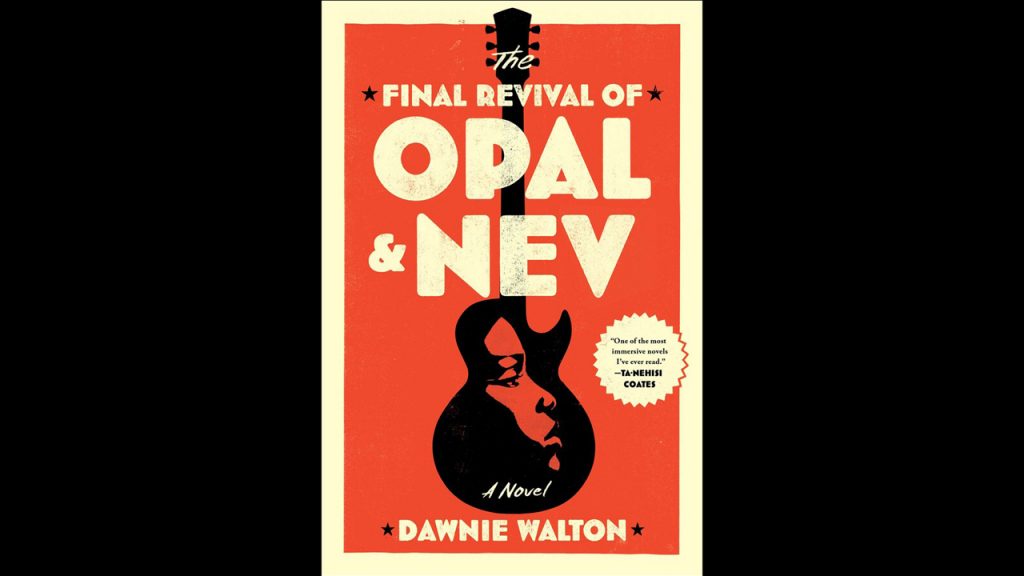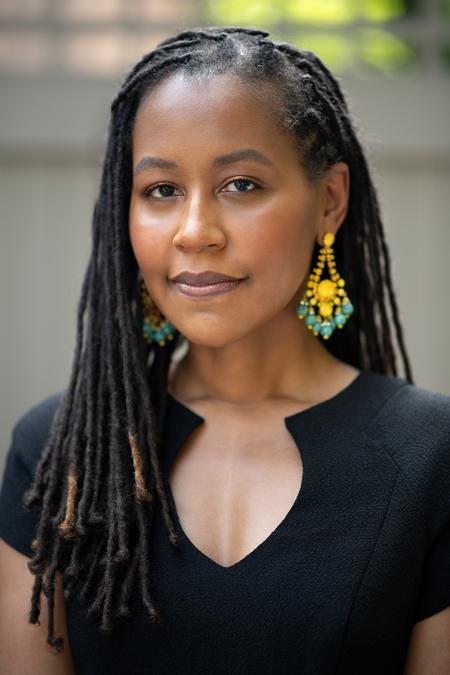Dawnie Walton’s Debut Novel “The Final Revival of Opal & Nev” Strikes Sociopolitical and Racial Chords
When Sunny Curtis becomes the first Black editor-in-chief of a Rolling Stone-type magazine, her first big get is the interracial rock ‘n’ roll duo who rose to stardom in early ’70s after a racially fueled riot broke out at one of their performances.

One risk taken when meeting those whom you admire is seeing their mythical image fleet and their true human being come to light. Those truths can be heart-filling, heartbreaking or a bit of both.

In Dawnie Walton’s debut novel, “The Final Revival of Opal & Nev” (37Ink/Simon & Schuster), the latter is experienced by one of her centered characters, S. Sunny Curtis, the first Black editor-in-chief of Aural magazine and a longtime admirer of Opal Jewel — a Black, Detroit-bred singer and half of the famed and controversial 1970s Afro-punk rock duo Opal & Nev.
“Through music and lyrics, you feel like you understand who a person is. Sunny idolizes her. But it’s also very taboo for her [because] her family has this very complicated and personal relationship with Opal [and] I wanted to explore how it feels to be a fan and [the internal conflict] when that person you idolize disappoints you. It’s a very particular kind of heartbreak,” Walton says. “With Sunny, it’s definitely a lot more complicated, but I wanted to explore that very particular feeling when you are really in love with an artist and grappling with some of the things that they do or the decisions that they make.”
The foundation of Sunny’s conflicted emotions toward Opal date back to when she was in her mother’s womb. Her father, Jimmy Curtis, was a drummer for the band and had an affair with Opal. During one of their concerts in the early 1970s, a massive race riot broke out and he was killed.
At this infamous New York concert, Opal, who Walton describes as an “amalgamation of many women” (think Betty Davis, Grace Jones, Tina Turner etc..) is fed up with racism and lodged a protest against a southern rock band attempting to go on stage waving a Confederate flag. Her actions rile up the other band’s fans and chaos strikes. From the riot, a specific image of Opal is captured. Years later, circa 2016, in the thick of political uprising and social media memes, this powerful image resurfaces and brings the rock band — Opal, specifically back to public consciousness, raising her to icon status.
The public and personal history is the impetus for Sunny being adamant about penning this rock ‘n’ soul oral history. Outside of Sunny’s storytelling intentions, “The Final Revival of Opal & Nev” strikes additional sociopolitical and racial chords with themes such as moral ethics and gender equality.
“The book for me is about the importance of community, defining community and defining yourself within that community,” Walton says. “I hope that people come away with a love for the characters and imagine Sunny and Opal always having this bond.”
Listen: Dawnie Walton talks about her main character’s Detroit roots and much more.
PRESS PLAY: DAWNIE WALTON’S CURATED PLAYLIST FOR OPAL & NEV:
Trusted, accurate, up-to-date.
WDET strives to make our journalism accessible to everyone. As a public media institution, we maintain our journalistic integrity through independent support from readers like you. If you value WDET as your source of news, music and conversation, please make a gift today.
